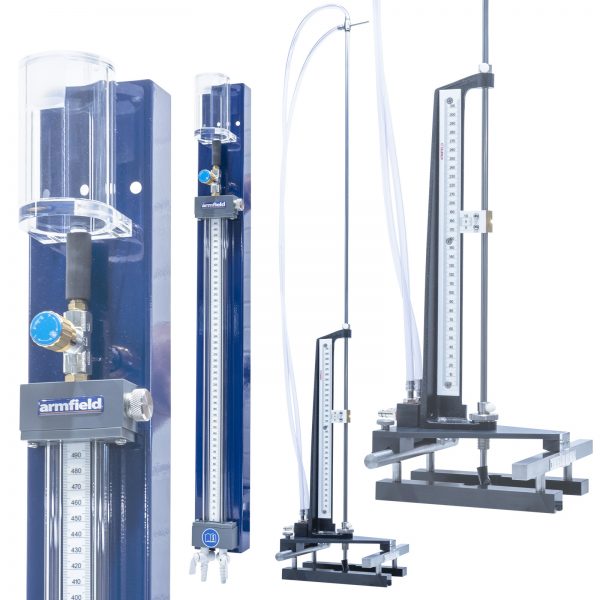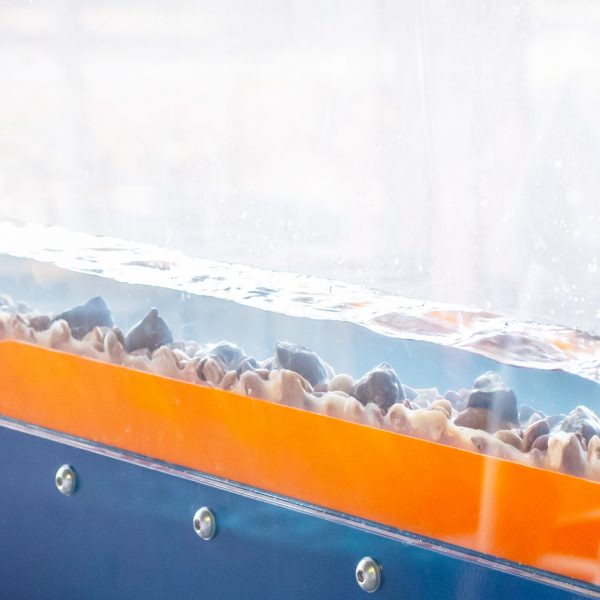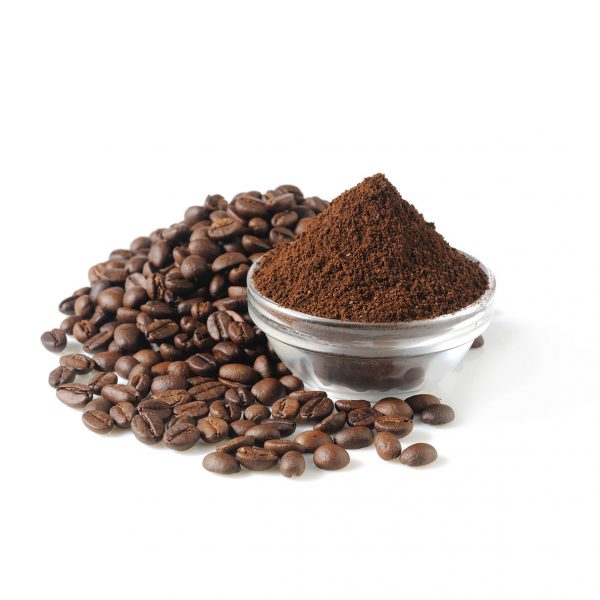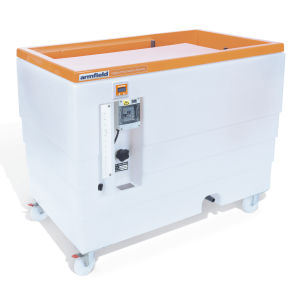C4-MKII Multi-Purpose Teaching Flume
The Armfield Multi-purpose Teaching Flume has been specifically designed to demonstrate the principles of fluid mechanics when applied to engineering structures in open channel flow.
Note:
- The MKII version is supplied as an accessory to the F1-10 Hydraulics Bench and can be used with any recently supplied F1-10
- Available in 2.5m and 5.0m working section lengths
- Clear acrylic sides to give visibility of the working section
- A jacking system permits the slope of the channel bed to be adjusted between -1% and +3%
- Inlet tank with flow stilling arrangement
- Includes a Venturi, sharp and broad-crested weirs, 2 vernier level gauges, adjustable undershot weir and crump weir
- Wide range of other models available as accessories.
- Optional flow meter
- Comprehensive instruction manual
Description
The Armfield Multi-purpose Teaching Flume has been specifically designed to demonstrate the principles of fluid mechanics when applied to engineering structures in open channel flow.
The C4-MKII is a small open channel flume, available in 2.5m or 5.0m lengths, with clear acrylic sides to the working section for complete visibility of the flow.
The channel is fitted with a PVC inlet tank, and is designed for free discharge into the Hydraulics Bench. The flume is mounted on a rigid framework, and can be tilted by use of a calibrated screwjack, which enables accurate slope adjustment of the channel.
The inlet tank incorporates a stilling arrangement to diffuse the water flow prior to entry into the channel, ensuring smooth uniform flow. The level in the working section of the flume is controlled using an overshot weir (stop logs) at the discharge end.
Bed-pressure tappings and fixing points for models are provided.
A longitudinal scale positioned at the top of the channel enables depth gauges and pitot static tubes to be accurately positioned along the channel length.
The flume is designed for use with a standard Armfield F1-10 Hydraulics Bench, which provides the pumped water flow, the flow control valve and a volumetric tank for flow measurement.
Also available is an optional flow meter, which can be fitted to the C4-MKII to enable direct flow measurements to be taken.
Optional educational software is available (C4-MKII-ABASIC) offering a complete teaching package of coursework. The student manually enters data in the software, which can then be used for calculations, data processing and graph plotting.
Requires Hydraulics Bench Service unit F1-10
Look at the video :





Technical Specifications
Models and gauges supplied
Venturi flume
Sharp and broad-crested weirs
Crump weir
Adjustable undershot weir
Two Vernier level gauges (Hook and point gauges)
Channel dimensions
Width 76mm
Height 250mm
Channel Slope Adjustable between -1% and +3%
Features & Benefits
- Study of open channel flume
- Use of hook and point gauges to measure water level
- Learning how to apply force-momentum and steady-flow energy equations to simple flow situations
- Understanding the relationship between water level above the crest of a weir and flow rate over the weir
- Using hydraulic structures to control level, eg siphon spillways
- Understanding sub and super-critical flow and the underlying characteristics of waves
- Hydraulic jump
- Using hydraulic structures for control of flow, eg sluice gate
- Applying and understanding Manning’s formula
- Use of a Pitot static tube to measure flow rate and velocity profiles (using optional C4-61)
Detailed experimental content
- To determine the relationship between upstream head and flowrate for water flowing over a Sharp Crested weir
- To calculate the discharge coefficient and to observe the flow patterns obtained over a Sharp Crested weir
- To determine the relationship between upstream head and flowrate for water flowing over a Broad Crested weir (long base weir)
- To calculate the discharge coefficient and to observe the flow patterns obtained over a Broad Crested weir (long base weir)
- To determine the relationship between upstream head and flowrate for water flowing over a Crump weir
- To determine the modular limit and to observe the flow patterns obtained over a Crump weir
- To determine the relationship between upstream head and flowrate for water flowing under a sluice gate (undershot weir)
- To calculate the discharge coefficient and to observe the flow patterns obtained under a sluice gate (undershot weir)
- To determine the relationship between upstream head and thrust on a sluice gate (undershot weir) for water flowing under the sluice gate
- To determine the relationship between the specific energy and upstream head for water flowing under an undershot weir
- To investigate the characteristics of a standing wave (the hydraulic jump) produced when water flows beneath an undershot weir and to observe the flow patterns obtained
- To determine the relationship between upstream head and flowrate for water flowing through a Venturi flume
- To calculate the discharge coefficient and to observe the flow patterns obtained through a Venturi flume
- To determine the characteristics and observe the flow patterns obtained for water flowing through a culvert. Requires C4-62
- To observe the flow patterns obtained for water flowing around splitters with different profiles. Requires C4-63
- To observe the flow patterns associated with the flow of water over a dam spillway. Requires C4-64
- To determine the relationship between upstream head and flowrate through a siphon spillway in the “blackwater” fully primed condition. Requires C4-65
- To calculate the discharge coefficient and to observe the operation of the siphon as it primes and de-primes. Requires C4-65
- To determine the relationship between upstream head and flowrate through an air regulated siphon. Requires C4-65
- To calculate the discharge coefficient and to observe the operation of the air regulated siphon as it primes and de-primes. Requires C4-65
- To determine the relationship between upstream head and flowrate beneath a radial gate (Tainter Gate) under different operating conditions. Requires C4-66
- Calculate the discharge coefficient in each position of the radial gate. Requires C4-66
- To observe the flow patterns associated with the flow of water over different bed profiles. Requires C4-68
- To determine the effect of a roughened bed on the depth of water at different flowrates and to obtain appropriate coefficients to satisfy the Manning Formula. Requires C4-69
- To determine the effect of different wave regimes on different flow patterns. Requires C4-67
Optional educational software is available (C4-MKII-ABASIC) offering a complete teaching package of coursework.
The student manually enters data in the software, which can then be used for calculations, data processing and graph plotting.











- A 76mm wide, 250mm high open channel for use with an F1-10 Hydraulics Bench
- Available in 2.5m and 5.0m working section lengths
- Clear acrylic sides to give visibility of the working section
- A jacking system permits the slope of the channel bed to be adjusted between -1% and +3%
- Inlet tank with flow stilling arrangement
- Includes a Venturi, sharp and broad-crested weirs, 2 vernier level gauges, adjustable undershot weir and crump weir
- Wide range of other models available as accessories.
- Optional flow meter
- Comprehensive instruction manual
- Electrical supply: The F1-10 requires an electrical supply, please refer to the F1 data sheet for details.
– F1-10-A: 220-240V / 1ph / 50Hz / 10A
– F1-10-B: 110-120V / 1ph / 60Hz / 10A
– F1-10-G: 220V / 1ph / 60Hz / 10A
– F1-10-2-A: 220-240V / 1ph / 50Hz / 10A
– F1-10-2-B: 110-120V / 1ph / 60Hz / 10A
– F1-10-2-G: 220V / 1ph / 60Hz / 10A
PACKED AND CRATED SHIPPING SPECIFICATIONS
C4-MKII-2.5M
Volume: 2.8m³
Gross Weight: 330Kg
C4-MKII-5.0M
Volume: 3.0m³
Gross Weight: 380Kg
C4-MKII-2.5M
Length: 2.91m
Width: 0.62m
Height: 1.46m
C4-MKII-5.0M
Length: 5.41m
Width: 0.62m
Height: 1.46m
C4-MKII-2.5M-10
Multi-purpose Flume, 2.5m, with basic accessories
C4-MKII-5.0M-10
Multi-purpose Flume, 5m, with basic accessories
C4-MKII-ABASIC
Educational Software
















































